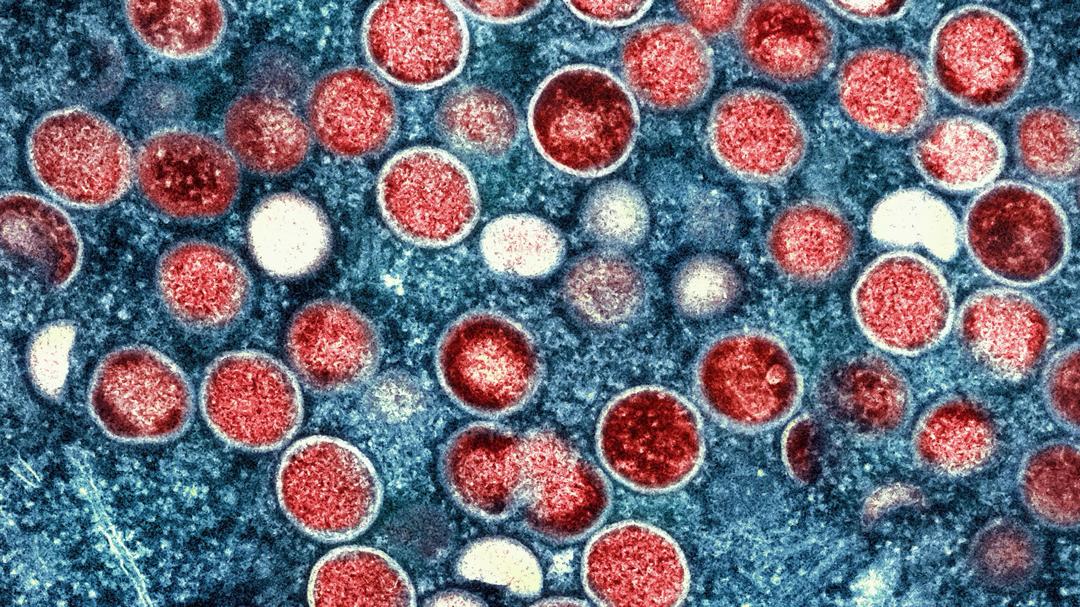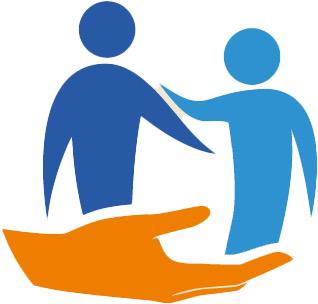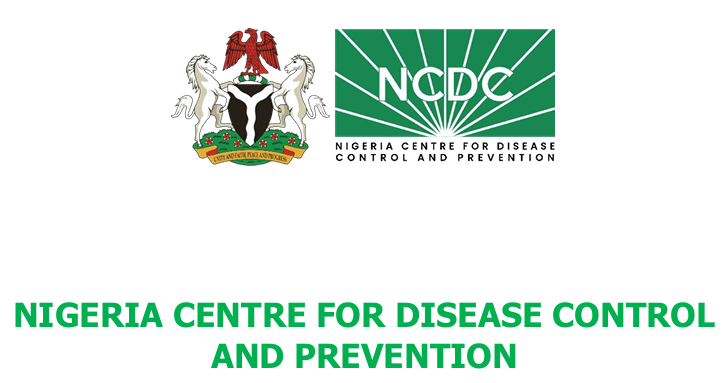Monkeypox Virus

Monkeypox Virus
Mpox has been declared a public health emergency after more than 15,000 cases and 461 deaths were reported on the continent this year.
A man in the Democratic Republic of Congo has lesions on his face after contracting mpox in the latest outbreak. Pic: Reuters
Mpox has been declared a global emergency by the World Health Organization (WHO), with a new strain spreading across Africa at an alarming rate.
An outbreak of the strain in the Democratic Republic of the Congo is now a “public health emergency of international concern”.
It is the second time in three years that the WHO has designated an mpox epidemic as a global emergency.
It comes amid a 160% increase in cases compared with the same period last year, while deaths have jumped by around 19%.
HOW DOES MPOX SPREAD?
But what is mpox, what are the symptoms, how is it treated and what’s being done about the outbreak?
The viral disease occurs mostly in central and western Africa. The recent outbreak has spread to 13 African countries, including some that have never reported mpox cases before.
It was first identified in laboratory monkeys, according to the US Centers for Disease Control and Prevention (CDC).
It used to be known as monkeypox, but was renamed in 2022 by the World Health Organisation (WHO) after receiving complaints that the original name was “racist and stigmatising”.
Most cases are mild but it can be deadly.
The disease spreads through close contact with infected people, including via sex, with the latest outbreak in the continent beginning with the spread of an endemic strain known as Clade 1.
The new variant that has emerged, known as Clade 1b, appears to spread more easily through close contact, particularly among children.
Jean Claude Udahemuka, from the University of Rwanda, said last month that Clade 1b is “undoubtedly the most dangerous so far of all the known strains of mpox”.
An enhanced image of mpox particles (red) found within an infected cell (blue). Pic: AP
What are the symptoms?
Common symptoms of mpox are a skin rash or pus-filled lesions which can last two to four weeks.
The rashes can be located anywhere on the body and some people may only have one, while others can have hundreds or more.
These are other symptoms listed by the CDC:
• Fever
• Chills
• Swollen lymph nodes
• Exhaustion
• Muscle aches and backache
• Headache
• Respiratory symptoms (e.g., sore throat, nasal congestion, or cough)
The WHO says people may start to feel unwell before they get a rash or skin lesions, while for others the skin symptoms can be the first or only sign.
The new strand has the same symptoms as others but they are more severe.
An analysis of patients hospitalised from October to January in eastern Congo suggested the new form of mpox initially caused milder symptoms and lesions mostly on the genitals, making it harder to spot.
How is it treated?
Currently there is no treatment approved specifically for mpox infections, according to the CDC.
Most patients with mpox who have intact immune systems and don’t have a skin disease, supportive care and pain control will help them recover without medical treatment.
However, a two-dose vaccine has been developed to protect against the virus, but it is not readily available in African countries.
How did things get worse in Africa?
Mpox has been endemic in parts of Africa for decades after it was first detected in humans in DR Congo in 1970.
But the Clade 1b strain first emerged in September among sex workers in the DRC mining town of Kamituga, about 170 miles (273km) from the border with Rwanda.
Africa CDC has said 96% of all cases and deaths were in Democratic Republic of Congo (DRC), but it has also spread to neighbouring countries, with 18 nations reporting cases.



